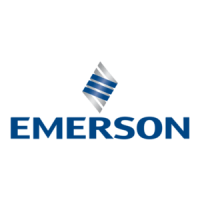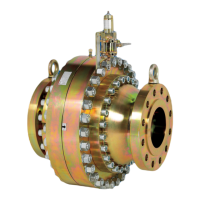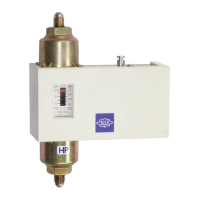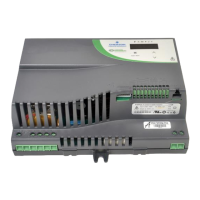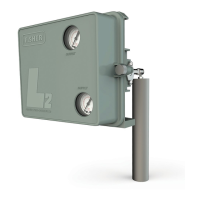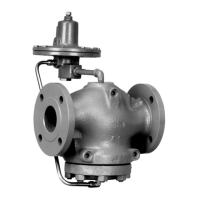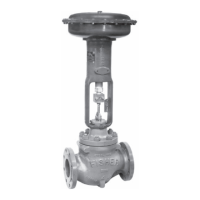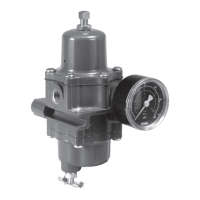For instance, if a lower priority task is executing and a higher priority
task needs to run, the operating system suspends the lower priority task,
allows the higher priority task to run to completion, then resumes the
lower priority task’s execution.
The FB107 reads data from and writes data to data structures called
“points.” A “point” is a ROC protocol term for a grouping of
individual parameters (such as information about an I/O channel) or
some other function (such as a flow calculation). Points are defined by
a collection of parameters and have a numerical designation that
defines the type of point.
The logical number indicates the physical location for the I/O or the
logical instance for non-I/O points within the FB107. Parameters are
individual pieces of data that relate to the point type. The point type
attributes define the database point to be one of the possible types of
points available to the system.
A sample TLP might be analog input (T), rack location B1 (L), and
Engineering Units (P).
Together, these three components—the type (T), the logical (L), and the
parameters (P)—identify specific pieces of data that reside in an FB107
database. Collectively, this three-component address is often called a
TLP.
1.4.1 History Points
The FB107 saves history to either of two databases: Standard or Extended
History. You can configure the number of entries/logs available to
Standard (maximum of 100) and Extended History (maximum of 25).
History for meter runs includes the Averaging Techniques as well as
accumulation per second and accumulation per minute.
You can select the number of history points to archive, the sample
interval in minutes (for Extended or Standard History) or seconds (for
Extended History only), the number of days to archive, and whether to
log history data at the beginning or the end of the period.
History is one block of memory divided into two areas, one for Standard
History and one for Extended History. Standard History uses all of the
memory that it requires for the configured number of points. Extended
History only receives the surplus memory Standard History does not use.
Standard History archival properties include:
Up to 100 points of minute data from the last 60 minutes.
Up to 100 points of hourly data for 35 days.
Up to 100 points of daily data for 35 or 60 days.
Min / max historical data for today and yesterday.
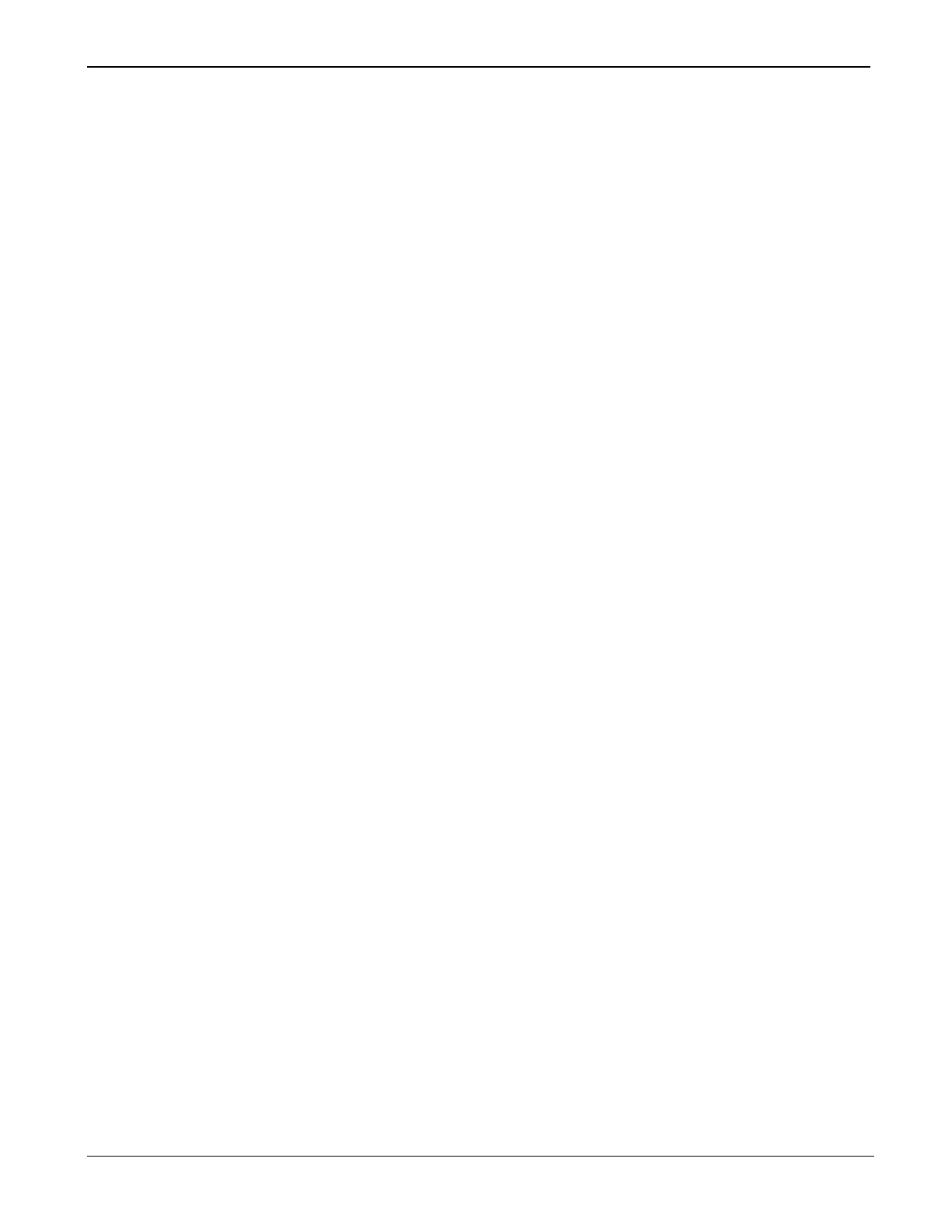